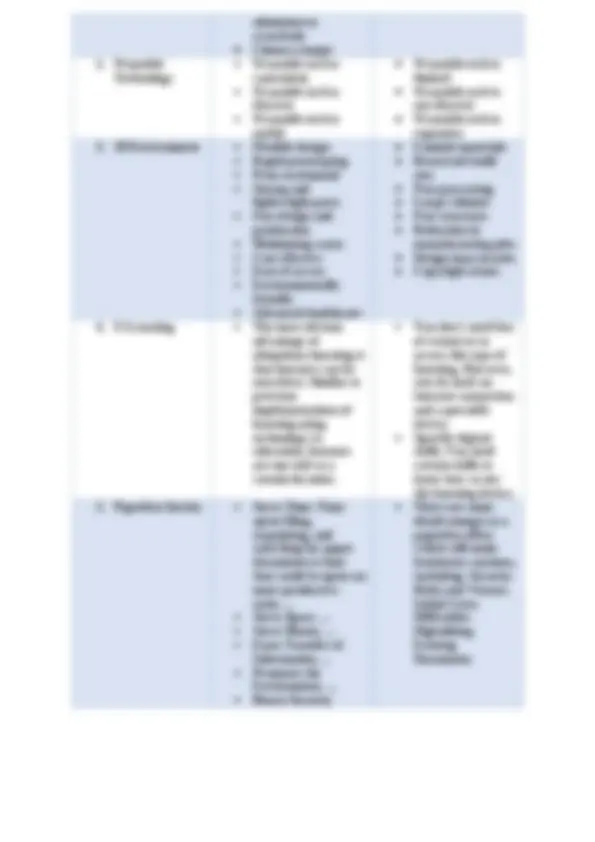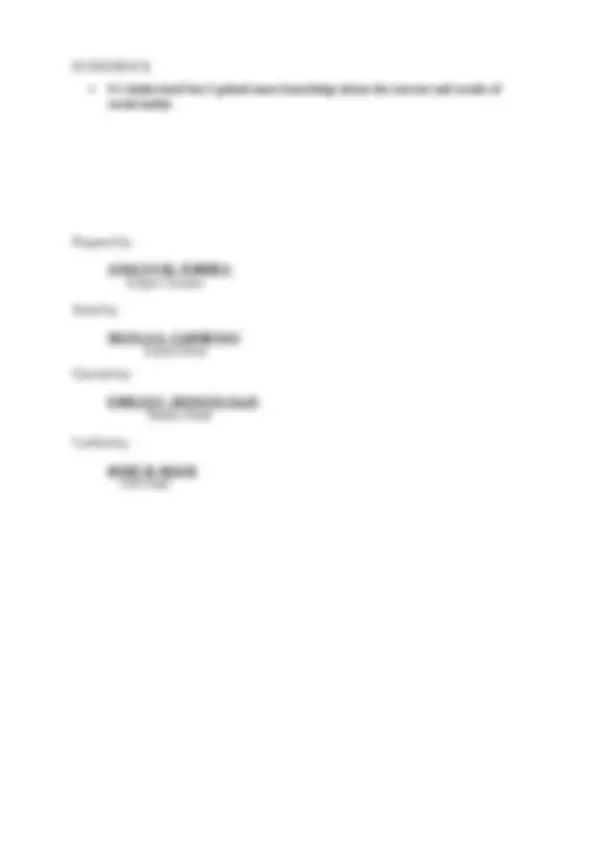Schools Division of Cauayan City
VILLA CONCEPCION NATIONAL HIGH SCHOOL
Villa Concepcion, Cauayan City
MEDIA AND INFORMATION LITERACY 12
Quarter 4, Week 2 (May 24-29)
Name: _____________________Grade/Section: ___________
MELC: Describe the impact of massive open on-line
I.KEY CONCEPT:
Current and Future Trends of Media and Information
1. Massive Open online Courses
EDUCAUSE, a non-profit organization composed of IT leaders and professionals,
defines MOOC as “a model for delivering learning content online to any person who
wants to take a course, with no limit on attendance.”
MOOCS are asynchronous, open-access, Web-based courses geared toward enrolling
hundreds or thousands of students at a time. MOOCs deliver content via recorded video
lectures, online readings, and online assessments, as well as various degrees of student-
student and student-instructor interaction (Kurt, 2018). People enroll in MOOCs for a range
of purposes, including Career development, college preparations, supplemental learning,
lifelong learning, corporate training, and more.
There is a distinction though as to whether an online learning material or program is
considered as a MOOC. Here are a number of features that are typically required for a course
to be considered a MOOC:
1. Massive - It should allow access to a very large number of students, much
larger than a face-to-face class, or a traditional online course. It can even reach
up to 500,000 learners or more!
2. Open – It does not have an admission process nor qualifications to be able to
register or enroll. MOOCs being open also means free and open access to
educational resources hosted in varied online places.
3. Online – The course is done remotely via the Internet and does not require
physical attendance at a classroom, which also means that anyone from
anywhere around the world with an Internet connection can avail of these
courses.
4. Courses - It should have learning objectives to be achieved by students after
certain activities within a given period of time.
2. Wearable Technology
Also known as wearables or fashion technology, wearable technology is a
general term that encompasses a field of smart devices that are worn on the body.
This technology is also considered as a trend in media and information as with it,
people and access information through media in a much faster manner.
According to Wearable Devices magazine (Liquigan, 2016), the characteristics of
wearable include the following:
Performing computer-related tasks such as laptops and mobile phones
Provide sensory and scanning features
Have some form of communication capability and will allow the wearer access
to information in real-time
Data-input capabilities
Local storage capabilities












